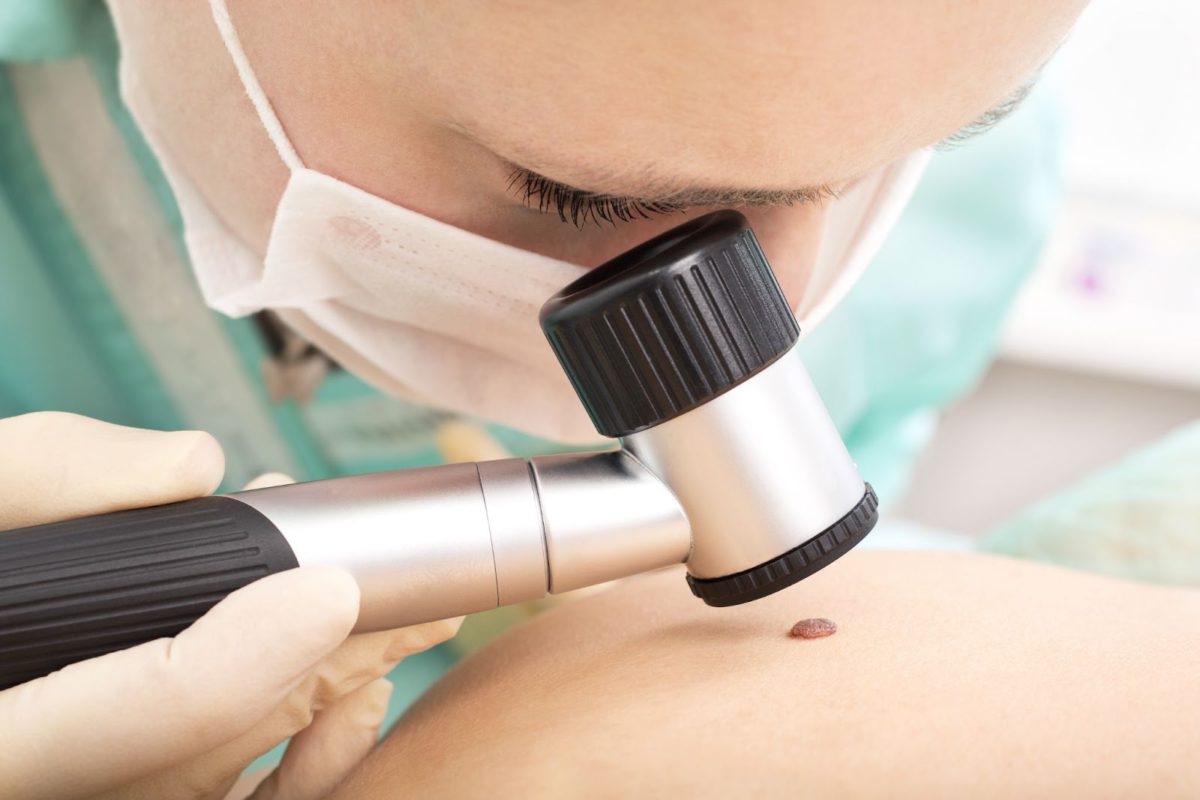How is skin cancer managed?

Skin cancer is one of the most common types of cancer in Australia, but the good news is that it is also one of the most treatable cancers, especially when detected early.
Understanding the various treatment options can empower patients and make informed decisions. In this post, we’ll explore the different methods used to treat skin cancer, ranging from surgical procedures to innovative therapies.

Surgical Treatments
Excisional Surgery
Excisional surgery is one of the most common treatments for skin cancer. During this procedure, the cancerous tissue, along with a margin of healthy skin, is removed. This method is typically used for basal cell carcinoma, squamous cell carcinoma, and melanomas that have not spread deeply.
Mohs Surgery
Mohs surgery is a specialised technique used to treat skin cancers that are in critical areas, such as on the nose or the eyelids or in the ears, especially those that have a poor definition, or those that have a high risk of recurrence. This procedure involves removing the cancerous tissue layer by layer, examining each layer under a microscope until no abnormal cells remain. This ensures that only the cancerous tissue is removed, preserving as much healthy tissue as possible. This treatment is done by doctors with special training in Mohs surgery.
Curettage and cauterisation
Curettage combined with cauterisation is an effective treatment for superficial skin cancers. This treatment involved scraping the top layer of the skin with an instrument called curette which basically removes most of the superficial skin cancer. The leftover cancerous cells are destroyed with cauterisation, a procedure using the heat and electricity to burn the leftover cells. This treatment has around 90% efficacy in treating the superficial cancerous lesions.
Non-Surgical Treatments
Cryotherapy
Cryotherapy involves freezing the cancerous cells with liquid nitrogen. This method is often used for precancerous conditions like actinic keratosis. The extreme cold destroys the abnormal cells, causing them to blister and eventually fall off.
Topical Medications
Topical treatments, such as creams and ointments containing anti-cancer agents, can be applied directly to the skin. These medications are effective for certain types of superficial skin cancers and pre-cancerous conditions. Examples include imiquimod and fluorouracil
Radiation Therapy
Radiation therapy uses high-energy rays to target and destroy cancer cells. This method is often used for skin cancers that are difficult to treat with surgery, such as those on the eyelids, nose, or ears, or for patients who cannot undergo surgery. It may also be used as an adjunct to surgery in cases where there is a high risk of recurrence.
Advanced Treatments
Immunotherapy
Immunotherapy is a treatment that boosts the body’s immune system to fight cancer. Certain medications are used to help the immune system recognise and attack cancer cells. This approach is particularly beneficial for advanced melanoma that has spread to other parts of the body.
Targeted Therapy
Targeted therapy involves drugs that specifically target genetic mutations within cancer cells. These drugs can block the growth and spread of cancer by interfering with specific molecules involved in tumour growth.
Photodynamic Therapy (PDT)
PDT is a two-step treatment that combines a photosensitising agent with light exposure to destroy precancerous lesions or superficial early skin cancers. The agent is applied to the skin, where it accumulates in the cancerous cells. When exposed to a specific wavelength of light, the agent activates and kills the cancer cells.
Need help?
If you need help with skin cancer management then book a consultation with one of our doctors at Elixir @ Hunter today!
